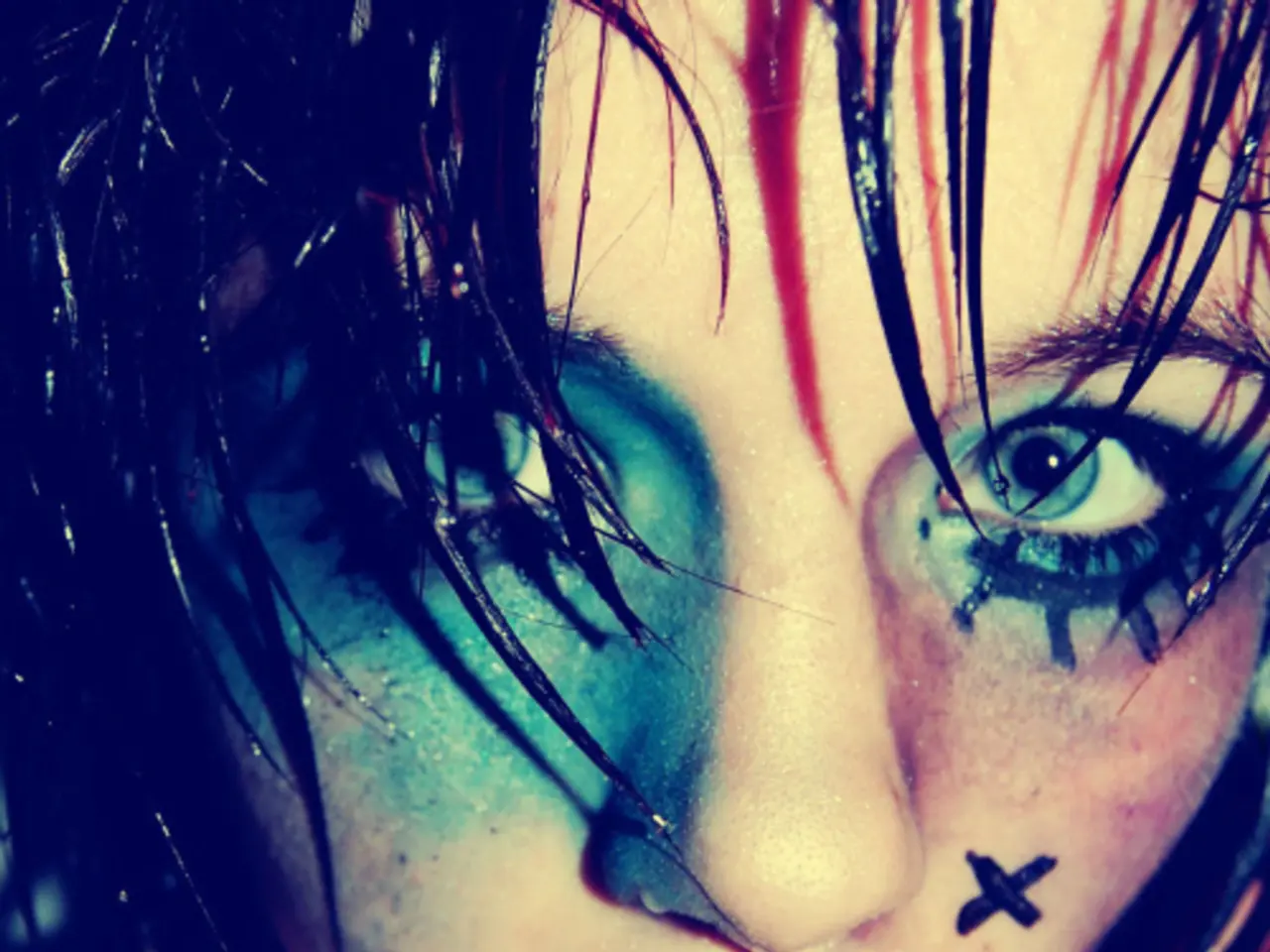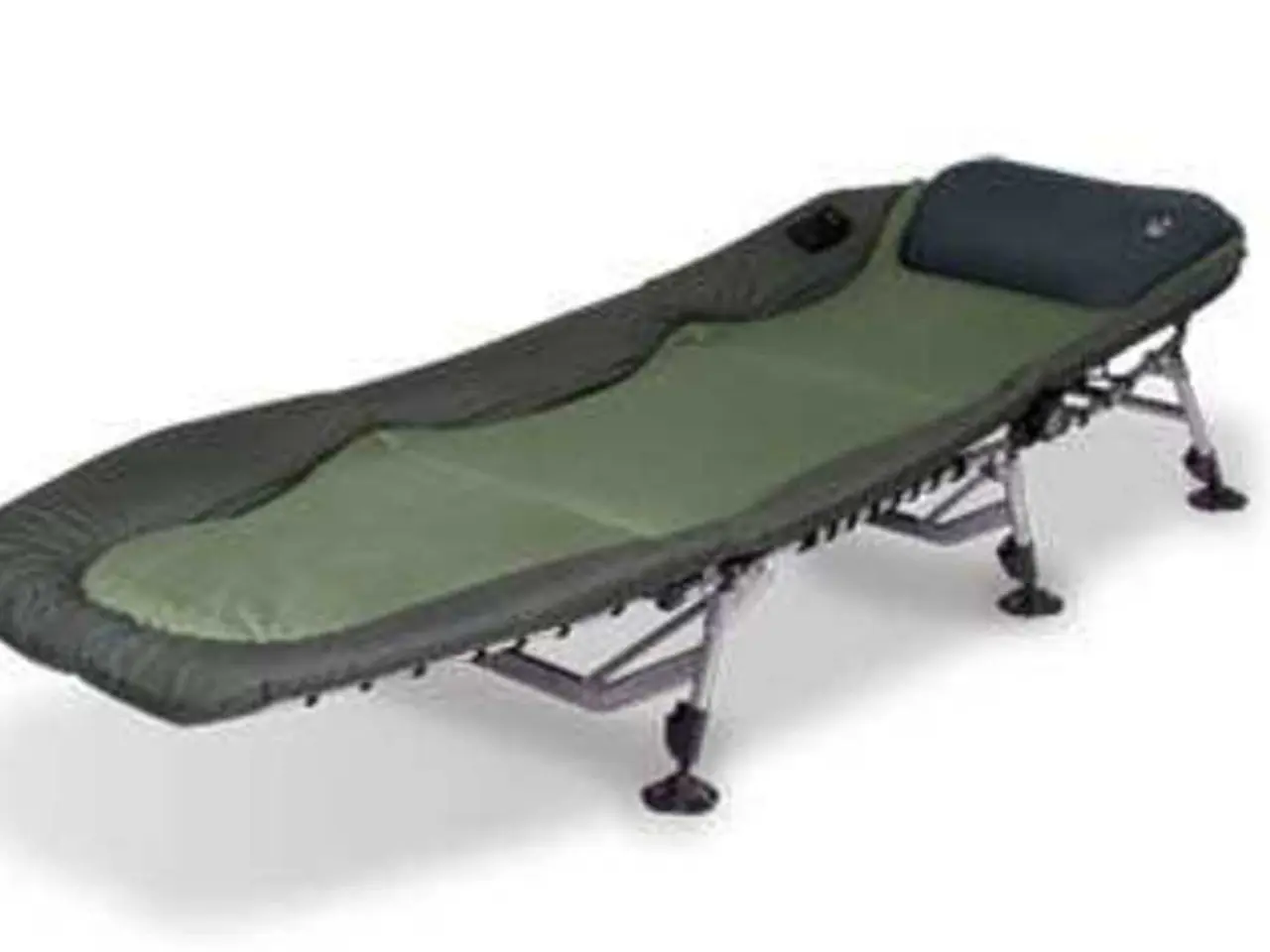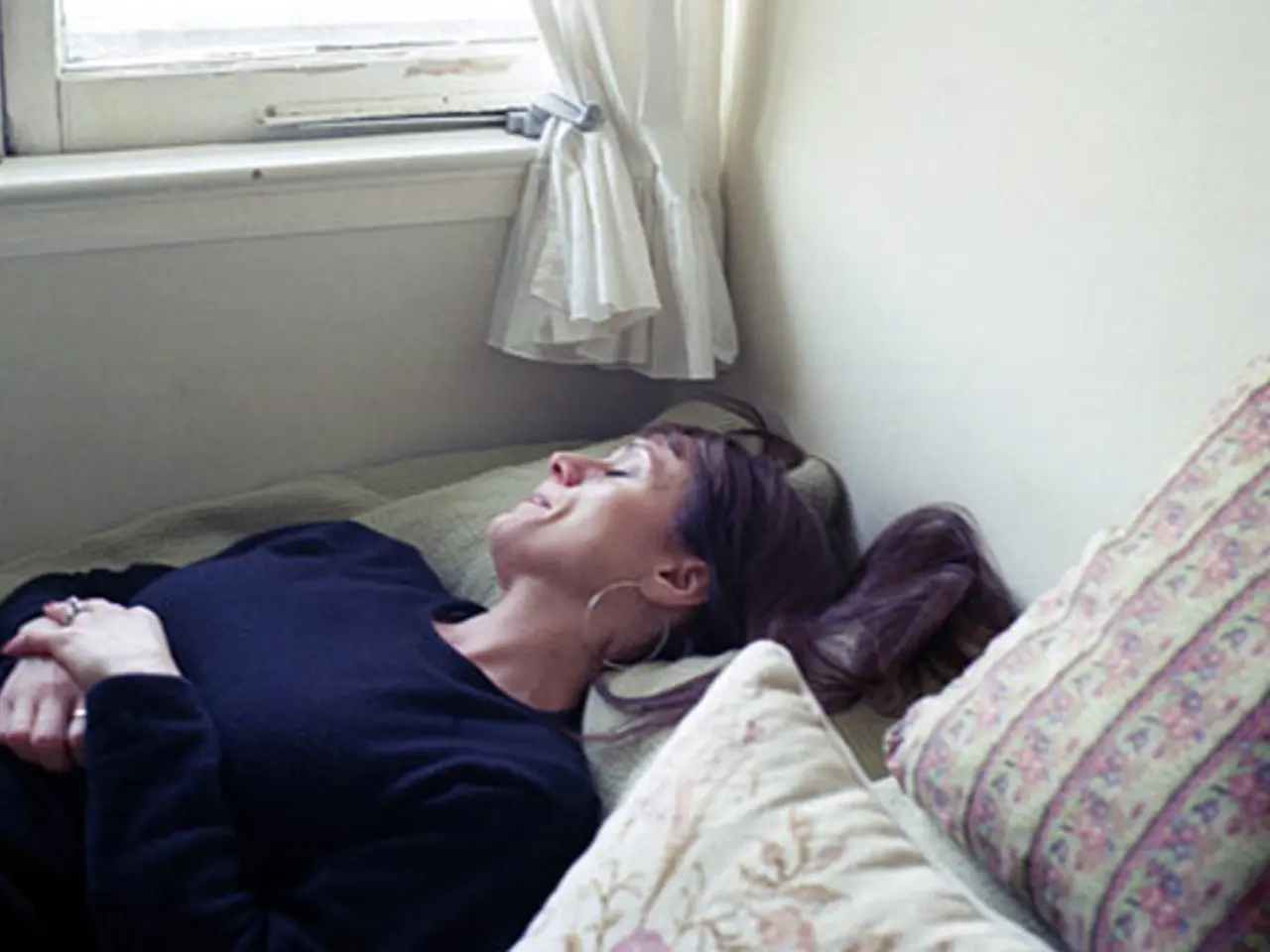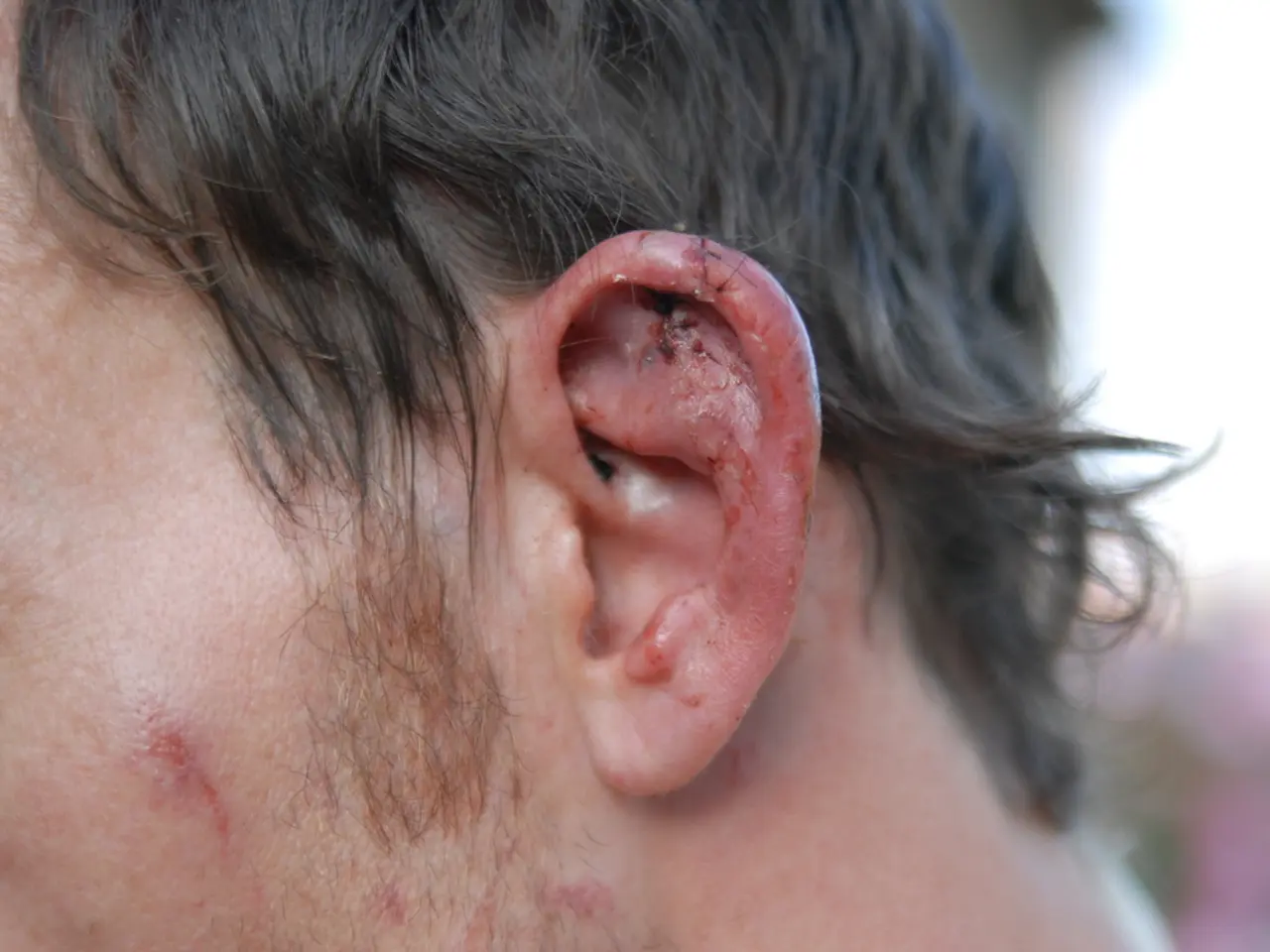Eczema Popular: Signs, Root Causes, and Remedies
Papular eczema, a form of atopic dermatitis, can be challenging to manage, but effective treatments and home remedies are available to help alleviate symptoms and prevent flare-ups.
Primarily, treatment for papular eczema focuses on managing inflammation, itching, and maintaining skin hydration. Topical corticosteroids remain a first-line therapy to reduce inflammation and control flare-ups. These medications help calm the immune response in the skin, but care should be taken to avoid long-term side effects such as skin thinning.
Topical calcineurin inhibitors, such as tacrolimus and pimecrolimus, offer a steroid-free alternative. They are suitable for long-term management and for sensitive areas like around the eyes, as they reduce inflammation without the risk of skin thinning.
Newer nonsteroidal topical options, like crisaborole ointment (Eucrisa), can be applied twice daily to manage mild to moderate eczema inflammation and itching. This medication is considered safe and well-tolerated, with mild side effects like burning or pain at the application site being the most common.
Daily moisturizing is essential to restore and maintain the skin barrier, reduce sensitivity, and prevent disease flares. Moisturizers (emollients) come in various forms—lotions, creams, gels, ointments—all similarly effective. The choice depends on the location affected, climate, and personal preference.
Lifestyle and skincare practices play a crucial role in managing eczema. Avoiding irritants or allergens such as harsh soaps, fragrances, and dyes is recommended. Using gentle cleansers with lukewarm water for shorter baths helps reduce irritation. After bathing, patting skin dry and applying a high-oil-content moisturizer helps lock in moisture.
For severe or widespread cases, systemic treatments such as oral corticosteroids or newer Janus kinase (JAK) inhibitors that block inflammatory signals may be prescribed under medical supervision.
Oatmeal baths may provide symptomatic relief by soothing the skin and reducing itching, though they are supportive rather than primary treatments.
It is essential to consult a healthcare professional for a precise diagnosis and tailored treatment, as papular eczema might require adjustment of therapies based on severity and affected areas.
While no cure exists for eczema, including papular eczema, treatment focuses on symptom control and preventing flare-ups through a combination of topical medications, skin care routines, and avoiding known triggers.
Research indicates that eczema tends to clear up within 10 years in over 80% of children who have it and within 20 years in up to 95% of children who have it. However, eczema can return in some adults, most frequently on the hands.
Home remedies for eczema may include moisturizing after every bath or shower to prevent dry skin and flare-ups. Aloe vera gel can help reduce skin infections and promote skin integrity, retaining skin moisture. Coconut oil can moisturize the skin and reduce symptoms of dry skin conditions in eczema. Diluted apple cider vinegar can help restore the skin's natural acidic state, protecting it from bacterial infections.
In darker skin tones, atopic dermatitis may involve papules, thickening of the skin, and color changes that are different than those that appear in lighter skin types. Applying virgin or cold-pressed coconut oil to damp skin may reduce Staphylococcus bacteria on the skin, lowering the risk of infections. Adding colloidal oatmeal to a lukewarm bath can help soothe the skin.
Identifying and avoiding exposure to triggers such as pollen, dust mites, pet hair, mold, dandruff, certain metals, soaps and detergents, fabrics like wool and polyester, antibacterial ointments and personal care products, disinfectants containing formaldehyde, some shampoos, dyes and temporary tattoos, stress, and hot or cold weather can help prevent eczema flares.
In conclusion, while there is no cure for papular eczema, treatments and home remedies can help manage symptoms and reduce flares. It is crucial to consult a healthcare professional for a precise diagnosis and tailored treatment plan. Regularly moisturizing after baths and showers, wearing soft, loose-fitting cotton clothing, and avoiding exposure to triggers can help prevent eczema flares.
- A first-line therapy for managing inflammation in papular eczema is topical corticosteroids, which help control flare-ups by reducing immune response in the skin.
- Topical calcineurin inhibitors, like tacrolimus and pimecrolimus, offer a steroid-free alternative for long-term management of eczema, being suitable for sensitive areas and reducing inflammation without skin thinning.
- Newer nonsteroidal topical options, such as crisaborole ointment (Eucrisa), can be used twice daily to manage mild to moderate eczema inflammation and itching.
- Daily moisturizing is vital to restore and maintain the skin barrier, reduce sensitivity, and prevent disease flares, with moisturizers coming in various forms and being similarly effective.
- Lifestyle and skincare practices, such as avoiding irritants or allergens, using gentle cleansers, and applying a high-oil-content moisturizer after bathing, can play a crucial role in managing eczema.
- For severe or widespread cases, systemic treatments like oral corticosteroids or JAK inhibitors may be prescribed under medical supervision.
- Oatmeal baths can provide symptomatic relief by soothing the skin and reducing itching, though they are considered supportive rather than primary treatments.
- A precise diagnosis and tailored treatment are essential, as papular eczema might require adjustment of therapies based on severity and affected areas.
- While no cure exists for eczema, treatments focus on symptom control and preventing flare-ups through a combination of topical medications, skin care routines, and avoiding known triggers.
- In darker skin tones, atopic dermatitis may involve papules, thickening of the skin, and color changes that are different than those in lighter skin types, with applying virgin or cold-pressed coconut oil and adding colloidal oatmeal to a bath potentially helping soothe the skin.




